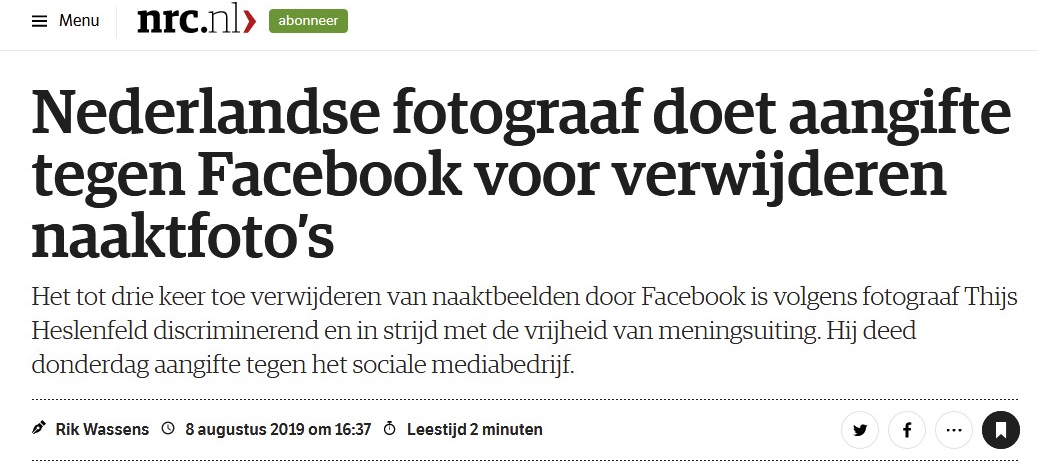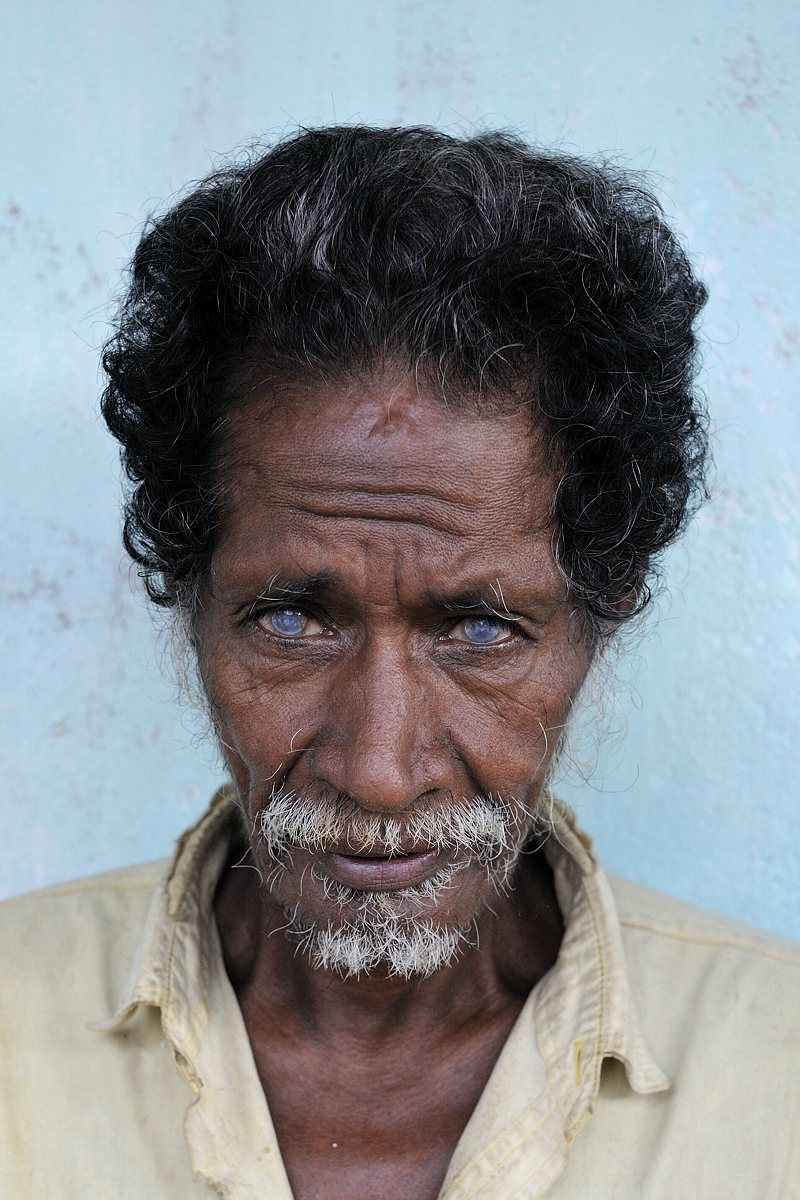Ruim een maand geleden kreeg ik een kopje van een groene specht cadeau. Mijn vriend Willem had de dode specht (of wat er van over was) gevonden op landgoed Oldenaller, waar ik tien jaar woonde. Het moet één van de spechten geweest zijn die mijn dagen daar altijd weer opfleurden met hun lach, hun gescharrel op het voorterrein en hun schalkse blik als ik ze in de kijker kreeg.
Gisteren heb ik het schedeltje uit de Biotex gehaald. In de tussentijd heb ik het een paar keer ververst en met een pincetje allerlei weke delen (zoals het spechtenbrein) verwijderd. Nu ligt het resultaat hier op tafel. En kijk ik mijn ogen uit!
Want ik had wel 's wat opgevangen over de bijzondere tong van de specht, en de manier waarop hij zijn hersens beschermt als 'ie keihard zit te hakken. Preparateur Bart Sijm had mij er ook al op geattendeerd. Maar hoe dit allemaal werkt ga je toch pas snappen als je het ziét.
Die lange pees die overbleef (zie foto) begint voorin zijn snavel, bovenin, en loopt via zijn rechter neusgat omhoog en óver zijn kop ónder het verendek door een geultje , splitst zich en loopt achterlangs, komt weer samen en is dan verbonden aan een extreem lange tong die eindigt in weerhaakjes.
Dat zorgt ervoor dat deze groene specht zo maar 10 centimeter diep naar lekkere hapjes kan tasten, maar het zorgt er óók voor dat (als alles gespannen staat en de tong binnen zit) de schedel is voorzien van een supersterke maar ook veerkrachtige wapening waardoor zijn kop enorme klappen kan opvangen. Een heuse safety belt volgens Wikipedia! Of een variant op een bord voor je kop - dat kan natuurlijk ook.
Ik ben een rasechte Darwinist maar op dit soort momenten vind ik het toch lastig te geloven dat dit allemaal is ontstaan door toevallige weeffoutjes in het DNA.
Hoe dan ook, ik zal hem nog even in elkaar puzzelen en dan krijgt hij een ereplaatsje in mijn Wunderkammer (dank Norbert) - symbool voor iets dat ooit heel erg mooi was maar nu vervaagt in een herinnering die soms dankbaar stemt, soms weemoedig en soms verdrietig.




























